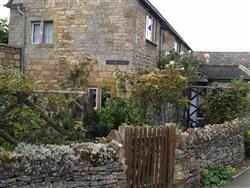
Learn about Cottage Gardens
A well-designed cottage garden is a thing of quite mesmerising beauty. Whilst they may sometimes look a little unkempt, there is great planning amongst the busy flowers and vegetables.
Learn what a cottage garden is, and how to apply the principles of this concept to garden design and garden renovation.
This is a course for:
- Landscape professionals or garden designers who wish to broaden their knowledge
- Home owners who want to learn how to design and develop a cottage garden
- Professional horticulturists or landscapers wishing to learn more about this subject